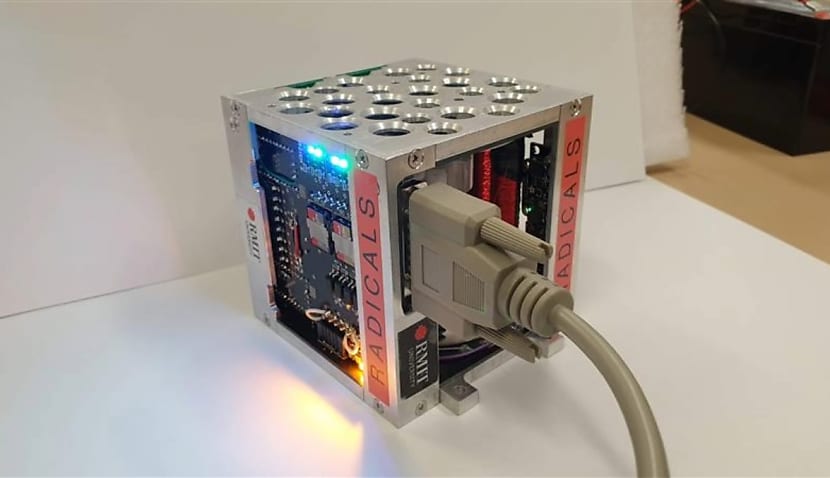The prototype will ride onboard a Swedish rocket set to blast off from a three-day launch window beginning on 25 February.
The project is being led by RMIT space physicist Dr Gail Iles, who said she believes the advancement could one day help humans survive the long trip to Mars.
Dr Iles, who previously worked at the European Space Agency, argued the shield could have the dual benefit of making space travel safer and cheaper.
“This shield has the potential to broaden the horizons of human spaceflight activities in space, which is an exciting development,” she said.
“First and foremost, it gets us closer to being able to survive the long missions to Mars, which would be a minimum 500-day mission and would require this sort of cutting-edge technology to be successful.
“Ultimately, the goal is to support the Artemis missions, which are the first long-term missions to the moon, with the aim of having a presence there for a significant period of time.
“If we can create a suitable environment for the presence of humans on the moon, the possibilities for humanity are endless.”
The new type of shield has been both designed and manufactured at RMIT and is an alternative to the traditional plastic shield currently used in space missions.
The university claimed the experiment – called RADICALS – has the capacity to “fundamentally change” how astronauts and electronics are protected from harmful radiation in space.
The 10x10x10-centimetre cube launched will measure radiation from space – up to 250 kilometres from the Earth’s surface. It will be blasted off by Swedish Space Corporation, a company that specialises in designing sounding rocket vehicles.
“It’s exciting to be part of the launch of this sounding rocket – which is a rocket that doesn’t break apart but comes back down to Earth along with all the experiments inside of it,” said Dr Iles.
“Hopefully, this launch can contribute to the next generation of human space exploration.”
Dr Iles has been supported by RMIT’s Space Industry Hub, which is also part of the ELO2 consortium bidding to put an Australian rover on the moon.
The early design, unveiled in December, shows off the “scoop” that will be used to collect lunar soil that will eventually be turned into oxygen to support NASA astronauts.
ELO2 is competing against rival AROSE to provide the device to NASA to support its Moon to Mars mission. It comes after the ASA granted both consortiums $4 million earlier this year to create a prototype.

Adam Thorn
Adam is a journalist who has worked for more than 40 prestigious media brands in the UK and Australia. Since 2005, his varied career has included stints as a reporter, copy editor, feature writer and editor for publications as diverse as Fleet Street newspaper The Sunday Times, fashion bible Jones, media and marketing website Mumbrella as well as lifestyle magazines such as GQ, Woman’s Weekly, Men’s Health and Loaded. He joined Momentum Media in early 2020 and currently writes for Australian Aviation and World of Aviation.

